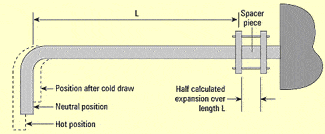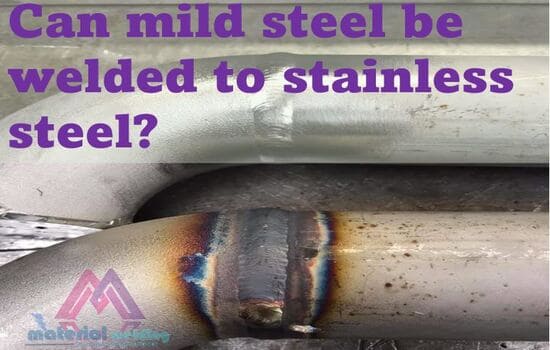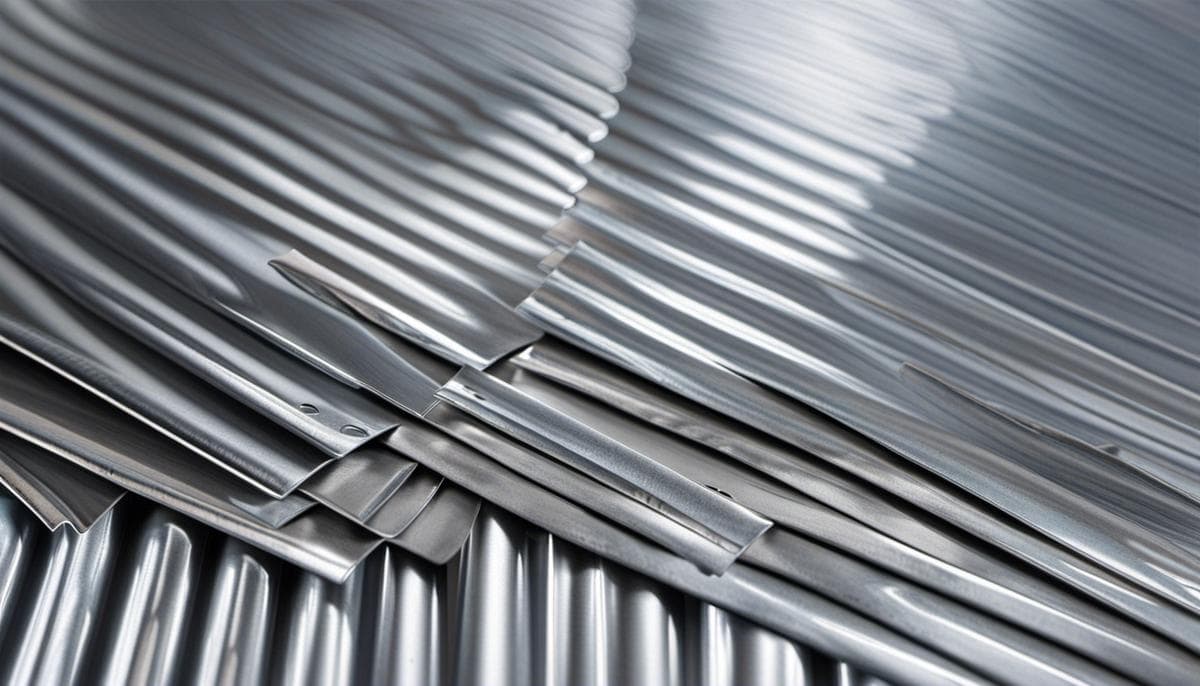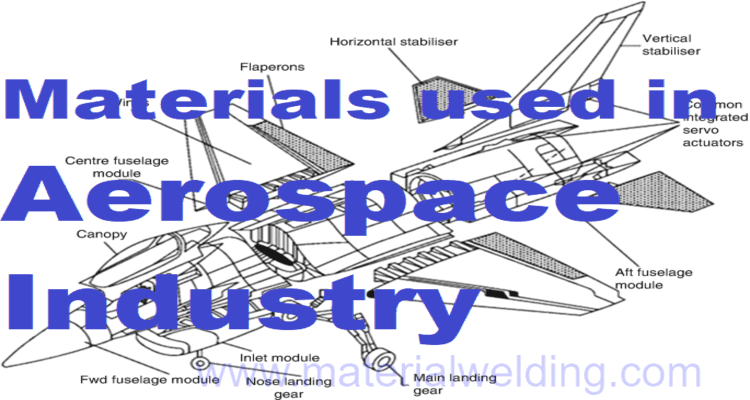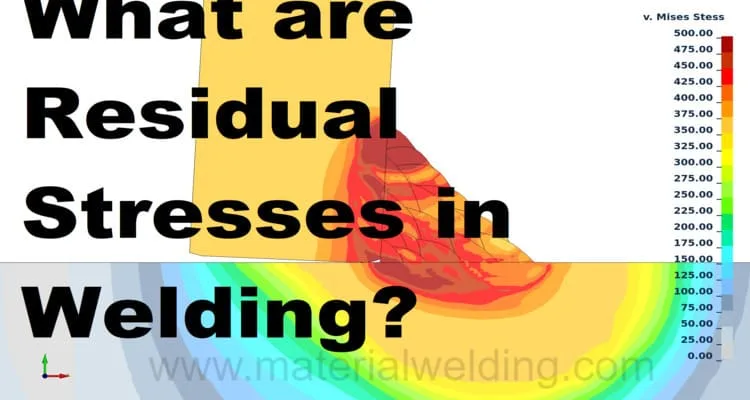Steel plays a pivotal role in numerous industries worldwide due to its unique characteristics, crucial among which is its Coefficient of Thermal Expansion (CTE). The CTE provides valuable insights into how materials, like steel, respond to changes in temperature. This insightful attribute assists us in understanding how steel’s size changes with varying temperatures – an essential aspect in its practical applications.
This post covers the basic concept of CTE, illustrates how CTE impacts the structure and properties of steel, discusses the real-world applications of steel’s CTE, and compares the CTE of steel with that of other materials to highlight its inherent advantages.
Basic Concept of Coefficient of Thermal Expansion
Understanding Coefficient of Thermal Expansion (CTE)
Coefficient of Thermal Expansion (CTE) is a fundamental scientific concept that defines the rate at which a material expands or contracts with changes in temperature. It’s an essential property of materials, facilitating an understanding of their behavior under various temperature conditions. The CTE is typically measured in units of reciprocal degrees (1/°C or 1/°F).
In the context of the CTE, the term “expansion” should not be limited to the notion of growing in size; if a material contracts upon cooling, that’s also factor into this coefficient. It’s worth noting that CTE varies not only from material to material, but it can also vary depending on the temperature range in question. In other words, the CTE isn’t necessarily a constant value for a single material.
Thermal Expansion and Steel
Steel, like other materials, changes its size as the temperature changes. It expands when heated and contracts when cooled.
The degree of this expansion or contraction relies heavily on its CTE. Steel’s behavior regarding thermal expansion is particularly significant because of its broad application in construction, manufacturing, and a host of other industries.
The exact CTE of steel depends on the specific alloy in question; different steel alloys have different mixes of elements and thus different properties, including the CTE.
However, as a generalized value, the CTE of steel is typically around 12 x 10^-6 per °C. This means that if a piece of steel one meter long was heated from 20°C (room temperature) to 21°C, it would expand by approximately 0.000012 meters, or 0.012 millimeters.
Getting to Grips with Steel’s Coefficient of Thermal Expansion
Gaining a comprehensive understanding of the coefficient of thermal expansion of steel is key for many practical applications. Engineers, for instance, have to factor in these thermal expansions and contractions when they design steel structures to maintain their robustness, particularly in surroundings where temperature variations are significant.
In similar fashion, manufacturers producing steel goods need to take this into account to avoid damage or distortions that could arise due to temperature changes. This highlights why understanding the concept of Coefficient of Thermal Expansion (CTE) is crucial for individuals working with materials such as steel.

How Coefficient of Thermal Expansion Impacts Steel
Digging Deeper Into The Concept Of Coefficient Of Thermal Expansion
The Coefficient of Thermal Expansion, often abbreviated as CTE, is a value specific to each material that indicates how much that material’s size will change in response to temperature fluctuations.
The essence of CTE cannot be understated in the field of materials science and engineering, as changes in temperature can have a definite impact on the material’s properties and behavior; steel is a prime example of this.
CTE and Steel
Steel is one of the most commonly used materials in various industries, from construction and bridges to car manufacturing and more. Its attractiveness comes primarily due to its combination of strength and workability. But when subjected to temperature changes, steel, like any other material, expands or contracts. This is where the Coefficient of Thermal Expansion comes into play.
The Impact of CTE on Steel
The importance of understanding the CTE of steel lies in the fact that temperature changes can significantly influence steel structures. For instance, the alignment and positioning of steel structures, such as a steel bridge or a steel-framed building, can be affected by temperature variations.
In extreme temperatures, whether hot or cold, the steel infrastructure could expand or contract sufficiently to distort its stability, leading to potential issues with safety and structural integrity.
Furthermore, temperature changes can also influence how steel interacts with other materials.
For example, if steel and another material with a distinct CTE are used in the same construction, varying temperatures could cause the different components to expand or contract at different rates. This disparity could give rise to stress points within the structure, possibly leading to warping elements or even failure.
Understanding the Importance of Thermal Expansion
If you’re in the fields of engineering, construction, or material sciences, it’s crucial to understand how Coefficient of Thermal Expansion (CTE) values affect different materials like steel. This knowledge equips engineers and scientists with the ability to create structures that can cope with changes in temperature, reducing the risk of deformation or damage.
In relation to steel, there are numerous strategies that can be employed to mitigate the effects of thermal expansion and contraction. A common tactic is incorporating expansion joints in buildings or bridges. These specially designed gaps allow the structures to subtly alter in size due to shifts in temperature, thus preserving the stability and safety of the entire structure.
Here’s a table listing 25 engineering materials along with their respective Coefficients of Thermal Expansion (CTE):
| Material | Coefficient of Thermal Expansion (CTE) (10^-6/°C) |
|---|---|
| Aluminum | 23 |
| Brass | 19 |
| Bronze | 18 |
| Carbon Steel | 12 |
| Cast Iron | 10 |
| Copper | 16 |
| Glass | 8 |
| Gold | 14 |
| Graphite | 8.8 |
| Inconel | 13 |
| Lead | 29 |
| Magnesium | 26 |
| Nickel | 13 |
| Nylon | 80 |
| Platinum | 9 |
| Polyethylene | 100 |
| Polystyrene | 70 |
| PVC (Polyvinyl Chloride) | 60 |
| Rubber | 200 |
| Silicon | 2.6 |
| Stainless Steel | 17 |
| Titanium | 8.6 |
| Tungsten | 4.5 |
| Zinc | 30 |
| Zirconium | 5.7 |
Undeniably, temperature significantly impacts steel’s behavior, so a thorough understanding of CTE becomes instrumental in engineering more secure, resilient, and effective steel structures.

Practical Applications and Implications of Steel’s Coefficient of Thermal Expansion
Steel’s Coefficient of Thermal Expansion Explained
The Coefficient of Thermal Expansion (CTE) refers to how much a material’s size changes per degree change in temperature. Take steel as an example, a material prominently featured in infrastructure. Its CTE is roughly 12 x 10^-6/°C, indicating a minor yet meaningful expansion and contraction in response to temperature variances. This factor is paramount when designing structures that need to endure diverse temperatures without compromising their stability or succumbing to stress-induced fractures.
Steel in Building and Construction
In construction, understanding the CTE of steel allows architects and engineers to plan for thermal expansion and contraction. For instance, steel bridge construction often includes expansion joints, which allow the bridge to expand and contract without causing structural damage.
Similarly, high-rise buildings with steel frames apply the consideration of thermal expansion in the design phase. Given that temperature can vary greatly from the base to the top of a skyscraper, accommodations for thermal expansion prevent structural damage or buckling. Moreover, fluctuations between day and night temperatures, as well as seasonal changes, are also key considerations in planning and designing with steel.
CTE in Manufacturing and Engineering
In manufacturing, controlling for the CTE of steel is critical to create reliable, sturdy products. Parts should not warp or change dimensions when the temperature fluctuates. For example, in the production of motor components, thermal expansion can affect performance if not properly accounted. Good engineering practice will thus involve careful regulation of steel temperature during all steps of the manufacturing process.
Considerations for Steel’s CTE
Designing with steel’s CTE in mind has crucial safety and longevity implications. By ensuring that structures and components can safely expand and contract with temperature changes, engineers prevent catastrophic failures that could be precipitated by repeated cycles of expansion and contraction. Mathematical models and computer simulations allow engineers to predict steel’s behavior under different temperature conditions, thus enabling more robust and safer designs.
Implications in Specialty Steel Alloys
Different types of steel alloys may have different CTE values. For instance, stainless steels have a slightly higher CTE compared to carbon steel. Thus, in applications requiring precise control over expansion – such as aerospace or high-precision machinery – engineers might select alloy steels with low expansion characteristics. These alloys, while more costly, offer superior performance under critical temperature conditions.
Effect of CTE on Welding Actions
In welding actions, the CTE plays a critical role. The nature of welding entails heating metals to high temperatures, causing them to expand, and then cooling them, causing contraction. These changes can lead to stress and potential distortion or cracking of the material. Thus, understanding the thermal expansion of steel is essential to control these stresses and prevent defects in the welding process.
Understanding the Coefficient of Thermal Expansion (CTE) for materials like steel is of crucial importance in various industries such as construction, manufacturing, mechanical engineering, and welding. This is because obtaining an accurate calculation of thermal expansion is essential for ensuring the durability, accuracy, and safety of steel components and structures.

Comparing Steel’s CTE to Other Materials
Delving Deeper into the Coefficient of Thermal Expansion
The Coefficient of Thermal Expansion (CTE) quantifies how much a material, such as steel, expands for each degree of temperature change. This is a key factor in selecting materials for design and engineering applications, as the dimensional stability of a product or structure under thermal stress greatly depends on its CTE.
Steel’s Coefficient of Thermal Expansion
Steel has a moderate CTE, typically around 12 x 10-6 1/°C. This middle-of-the-road value makes steel a versatile material, beneficial for a wide range of applications. The CTE for steel does not significantly change with temperature, remaining relatively constant over a broad temperature range, which is advantageous for applications with varying temperature conditions.
Comparing Steel’s CTE to Other Materials
When compared to other materials, steel’s CTE is higher than ceramics and concrete but lower than polymers and metals such as aluminum or copper. For instance, concrete and ceramics like brick have CTE values ranging between 5 to 10 x 10-6 1/°C. On the other hand, polymers can have CTE values as high as 100 x 10-6 1/°C. Aluminum, a commonly used metal, has a CTE about twice that of steel, around 24 x 10-6 1/°C, while copper’s CTE is approximately 17 x 10-6 1/°C.
How Steel’s CTE Influences Material Selection
The moderate CTE of steel means it has low thermal expansion and contraction, making it a favored material in construction, automotive, and aviation industries. These industries frequently need materials with high dimensional stability as they deal with temperature fluctuations.
In construction, structural steel’s predictable expansion and contraction prevent issues like warping or cracking, which could compromise a building’s structural integrity. For aircraft and automobile manufacturing, steel’s moderate CTE means less thermal strain on engines and other temperature-sensitive components.
Conversely, materials with high CTEs, such as polymers and certain metals, may undergo significant expansion and contraction under temperature changes. This can lead to issues such as warping, decreased dimensional stability, and component failure. In contrast, materials with low CTEs might not be flexible enough to withstand thermal stresses, posing their own set of challenges.
So, while steel’s CTE might not be the lowest or highest amongst all materials, its moderate CTE makes it uniquely suitable for many applications that demand both stability and just the right amount of thermal flexibility.
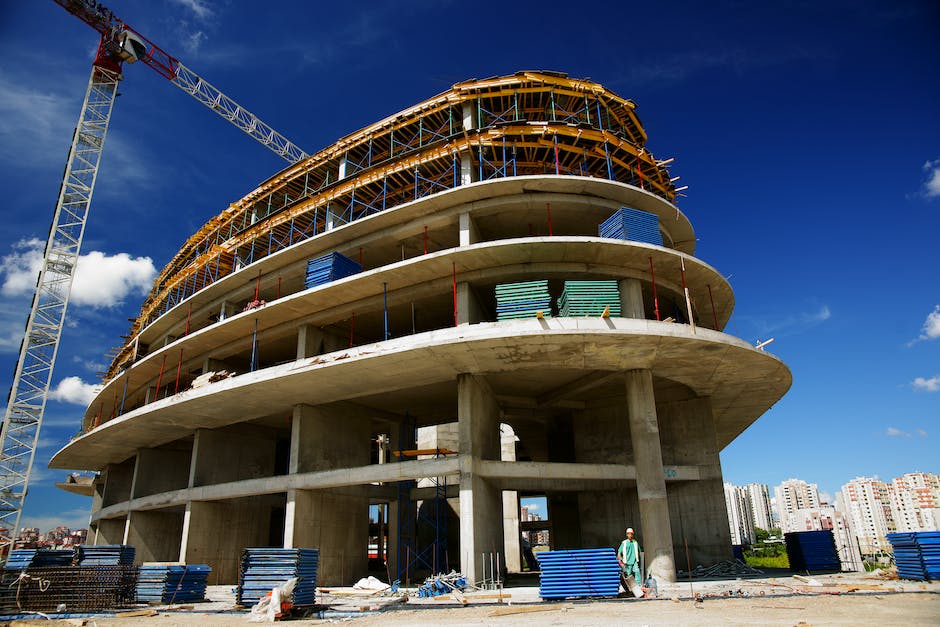
As we delve deeper into the unique characteristics of steel, we find that the Coefficient of Thermal Expansion holds a prominent position. Its determination can indeed reveal a lot about how changes in temperature can influence the structure and properties of steel. It sheds light on the considerations that need to be incorporated into various industries like manufacturing, construction, or engineering where steel usage is extensive.
Moreover, a comparison of steel’s CTE with other common materials gives us a clear perspective on why steel often takes precedence in numerous applications. Understanding this relationship between temperature and material expansion is crucial in our everyday life, thus making the concept of CTE in steel an indispensable part of our knowledge base.

